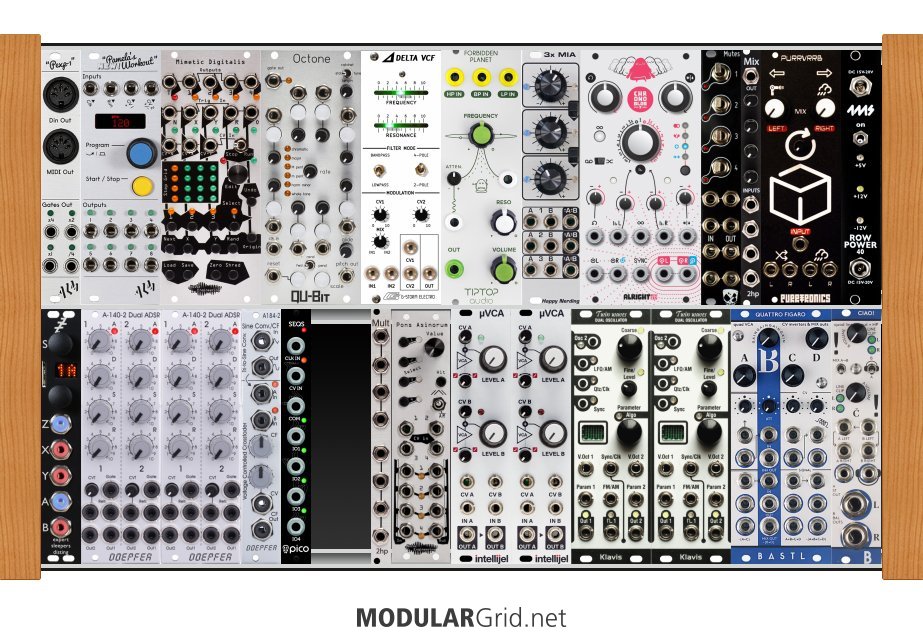KICK ASS!!! February 2019 edition
Well, since the onslaught of Winter NAMM is now done, things have cooled off considerably in the new Eurorack arena. Don't get used to the lull in the craziness, though, because Superbooth is only 2+ months away and I think we all know that there's going to be yet another deluge of nifty toys as we approach that event's date (9-11 May). For those who don't know what Superbooth is: basically, it's a three-day carnival of electronic instruments, performances, and other related craziness, held annually in Berlin. It functions as perhaps the largest trade exhibition for modular synths in Europe, and it's yet another of those events where manufacturers are going to be dropping new modules and instruments like they're hot. It, the two NAMM events (although not so much Summer NAMM, or “guitar NAMM” as it's sometimes called) and Knobcon are the four seasonal big-shows for synths.
So in the lull here, only a few things have jumped out of the module miasma. Here they are:
1) Error Instruments KRUSNEK FORST EURORACK: I have to respect the hell out of any Eurorack module that can be controlled with a wad of steel wool! No, seriously! Anyway, what this is is a “controller” (in quotes, because it's always somewhat out of control in of itself!) that applies itself admirably to the production and performance of blips, glitches, and full-on noise! Various studs on the panel are used with other conductors to complete circuits Cracklebox-style, but this also contains some CV alteration/generation possibilities, and can also be used with a special LDR sensor for light-controlled craziness. “Psychedelic”? Maybe. Full-on bonkers? You bet! This one is going to appeal to the noise/industrial crowd, but I can also see some potential generative usage here, too, plus there's some great bits in the video clip where one could easily sort out how to use this as a percussion-type controller. $279, 20 hp.
2) Warm Star Electronics Fragment: On first glance, this just looks like a set of attenuators. Appearances deceive, though. By using patchpoints in the IN and OUT columns in a certain way, it's possible to break the module up into a multitude of mixer and/or attenuator combinations. This is totally brilliant; I'm sure that all of us have found ourselves in situations where we need more submixers than we have on hand, or where our need for those submixers changes radically from patch to patch, and having only fixed-configuration mixers suddenly becomes a hassle. Or you just need one attenuator, not several. And I shouldn't have to mention that any of those issues in a smaller rig can lead to a lot of hair-pulling and other stressy reactions. If you've found yourself there, then here is your fix. $195, 12 hp.
3) VoicAs LEDRover: This thing sounds great! As opposed to some other distortion/overdrive-type effects, this has a wonderful, lush, wooly yowl to it. At least...in one position, it does. See, this is really several distorters in one; VoicAs uses three very different diodes in here (2 LED types and one germanium) so you can tailor your fuzziness to your needs. There's also three bass-boost settings onboard, making this very optimal for ACIEED-type applications (like what you'll note in their video clip). You get CV over Drive amount, plus an extra tone-color fine-tune setting to dial in the exact snarliness required. I also like the fact that the Drive is on a very large knob that begs to be used as a manual controller, so you can play your nastiness just as you might a filter cutoff, etc. Very skiff-friendly, too! $150, 8 hp.
4) Noise Reap SLOPES. It's easy to think you've seen it all after some 5700 Eurorack modules have made it onto ModularGrid. But here's something you've not seen: a logarithmic ADSR, with CV over the A, D and R parameters, paired with and controlling a DC-coupled VCA, all in 12 hp. Seriously...there's not another of these; while there are other EG/VCA combos in Eurorack, this one...pretty much the optimal audio control combo...hasn't popped up. Until now. Not only that, but this can work with either triggers or gates, the VCA also has an additional CV parameter, and you get normal and inverse envelope outputs to boot! This is just brilliant! I can't think of anyone who wouldn't benefit from a couple of these in their build. And not only does it space-save by co-locating your VCA with the EG, it's also only 30mm deep, making it a prime choice for skiff users. Noise Reap has done some interesting things, but this time, they hit the ball outta the park!
5) Ladik L-121 and L-127 LFOs. Ladik continues to amaze. These two 4 hp LFOs are genius. The L-121 is a Folding LFO, incorporating not only CV over rate, but CV over an internal wavefolder that can warp any of the module's 36 waveshapes (uh-huh! Wavetable-style waveshape selection!) into a panoply of strange modulation curves, bending either the positive, negative, or both polarities of the wave cycle. Cycle times range from 30 Hz down to a super-lethargic 10 minutes per cycle. $62-ish. Then the L-127 Delayed LFO goes somewhere else entirely. This has three different delays modes...or rather, two different delay modes and a third one-shot mode that makes it behave more like a transient generator. Again, you've got 36 waveforms in the same sort of arrangement as the L-121 above, plus some jumper configurations that alter how that last mode functions as well as a decaying “echo” mode for the transient function, and alterations to the retriggering function...all of which can, naturally, be brought to the front panel with their P-060 jumper switch kit. $73 or thereabouts. Ladik's modules might not be the snazziest-looking in the Eurorack game, but what's going on behind those basic panels is downright beautiful!
And that, as they say, is that. Like I noted, sort of a spare version of KICK ASS!!! this month, but expect more craziness through March and definitely in April. Until then...



